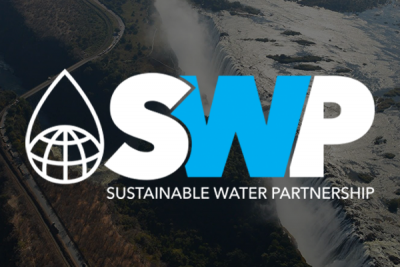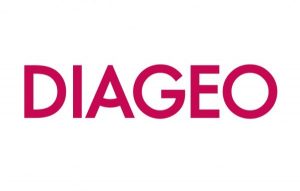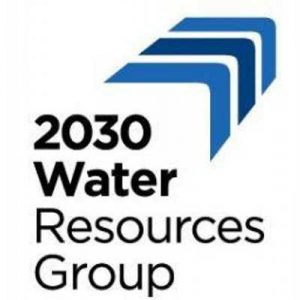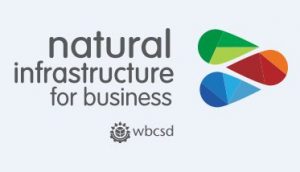Primary Functions
- Learn the steps of the Water Security Improvement (WSI) process
Detailed Description
Population growth, urbanization, industrialization, rising living standards and Westernized diets are likely to further increase the over-extraction and pollution of water resources. This will raise insecurity and uncertainty over water access and the vulnerability of communities and infrastructure to natural disasters.
This series of toolkits presents an effective and efficient process to address water risks, including long-term water stresses that constrain social and economic development and sudden shocks that can quickly jeopardize the health and livelihoods of vulnerable populations.
Improving water security is about focusing actors and resources on key water risks. It is also about collaboratively planning and implementing specific activities to mitigate risks and provide tangible benefits to water users. Activities may include gray and green infrastructure (including improved operation and maintenance of existing infrastructure), awareness raising and behavior change campaigns, management as well as policy and institutional improvements (such as better data and better-informed decision-making).
Improving water security must be a cross-sectoral theme. Development strategies and investments that ignore water security usually fall short of their objectives when water issues and conflicts undermine political and social cohesion, supply and value chains, public and environmental health, and service delivery and infrastructure operation.





